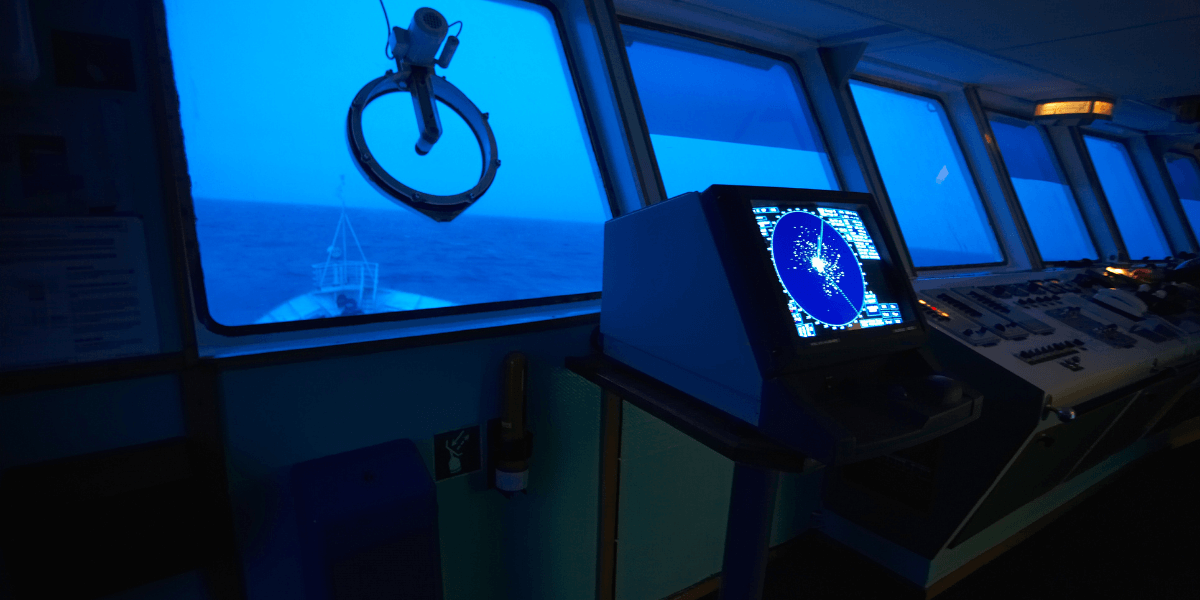How Dredging Helps With Water Management
One of the most pressing global concerns right now is access to clean, potable water. It’s evident in places like South Africa, where entire cities...
One of the most common projects for our dredging equipment company is maritime dredging. Channels, ports, inlets, and harbors all benefit from this type of work.
These spaces are often high-use areas, and so a question we often hear from our clients is “How often should we commit to a maritime dredging project?”
Let's explore more details on the frequency of maritime dredging.
While our site consultants would love to take a quick look at your project and give you a definitive estimate like “dredge once a year,” that’s not always the case. The frequency with which you have to commit to a maritime dredging project is determined by a number of factors. First, it’s best to figure out why you’re dredging in the first place. Most maritime dredging projects are in relation to shipping needs.
As cargo ships expand, harbors, ports, and marinas have to as well. These spaces need a minimum depth to accept certain sizes of ships. However, some maritime dredging projects are conducted for environmental reasons. Both of these motivations require the use of dredging equipment, but their dredging schedules are very different.
In the case of regular shipping needs, the frequency of dredging is determined by how often your area receives ships. If you’re a busy port or marina, you could be looking at monthly to yearly dredging projects. For environmental dredging projects, these are typically conducted on an as-needed basis.
The frequency of dredging is affected by three key factors:
Every project has a minimum depth requirement. This is the depth that you would like to ideally maintain between projects. When deciding on a minimum depth, it’s best practice to add in a buffer, especially for projects that involve shipping or navigation routes in harbors and ports.
How deep you dredge also figures into how frequently you’ll dredge. If you’re only dredging a few feet down, you’ll have to dredge more often to maintain that depth. But if you can dredge 40 feet down, you may not need to dredge for several years.
Each body of water has its own unique flow patterns, which move more or less debris. For areas with lots of water moving through them, debris may accumulate more quickly than in areas with calmer waters.
For projects where maintaining a delicate animal habitat isn’t a concern, some projects can take advantage of overdredging. A common tactic of the Army Corps of Engineers, overdredging is done in order to limit how often dredging has to be done. For navigational routes, overdredging is ideal, and is employed along coastlines and rivers.
The process of overdredging is rather simple. A major project is undertaken to dredge deeper than usual and to widen the project beyond what is regularly called for. This ensures that many years can pass before the area has to be dredged again. Because of the extra space, debris can accumulate without compromising the minimum depth or interrupt the safe travel of ships.
If you’re undertaking a maritime dredging project, connect with U.S. Aqua Services. We offer dredging equipment rentals, as well as site visits, so you can have the exact equipment and information you need for your project.
Contact us today to find out more.
How Dredging Helps With Water Management - Here's more information on how dredging can help with water management.
One of the most pressing global concerns right now is access to clean, potable water. It’s evident in places like South Africa, where entire cities...

Subsurface dredging plays a pivotal role in maintaining waterway accessibility, supporting infrastructure projects, and restoring delicate ecosystems...

Subsurface dredging is crucial in maintaining waterways, reclaiming land, and managing sediment build-up. However, working below the water’s surface...